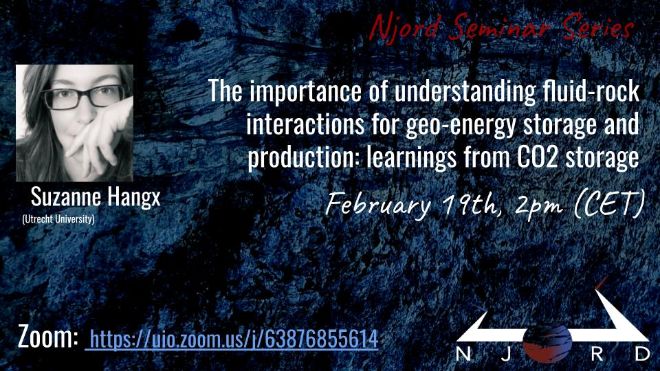Abstract:
Activities in the subsurface take the reservoir-caprock-fault system out of its natural physical and chemical equilibrium. This may result in phenomena such as surface subsidence and/or induced seismicity due to deformation of the subsurface system. With global energy demand soaring and the climate-threat of anthropogenic CO2 emissions increasing, we are now looking into new ways to use the subsurface to meet our needs. On the one hand, large-scale subsurface CO2 storage is considered to reduce CO2 emissions. On the other hand, there is a drive for the production and storage of renewable energy sources, such as the production of geothermal heat or the storage of hydrogen fuel generated from renewable energy. However, what will be the impact of these activities, pumping around vast volumes of fluid, on the mechanical behaviour of the subsurface? In this contribution, I would like to outline what we can learn from CO2 storage and what we would still need to address for future activities such as geothermal energy production and/or hydrogen storage.
